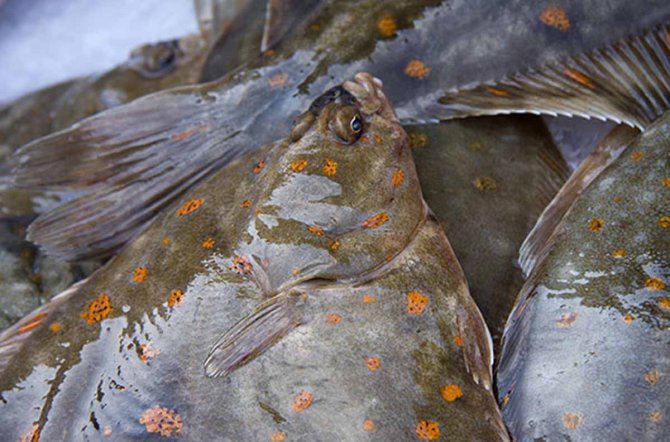
Interview
The coastal zone is no longer an ideal nursery for plaice
The North Sea is getting warmer, which has important consequences for plaice. The adults spawn earlier in the year, and the juveniles spend less time in the coastal zone.

Our warmer coastal zone is gradually losing its function as a nursery for plaice.